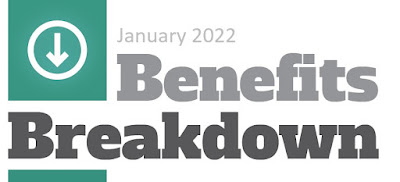Many individuals need help making sense of their options when receiving health services. In fact, a recent study from Quantum Health found that 8 out of 10 people said they faced challenges when receiving care. The study also noted that these challenges were worsened by benefits complexity. In other words, confusion toward health benefits can take a toll on employees in the workplace.
According to Quantum Health’s findings, the vast majority of consumers have reported facing hurdles while receiving care during the past two years. These challenges include issues understanding coverage levels, locating providers and navigating the insurance claims process. Issues like these were compounded for individuals with chronic conditions—90% of whom said they faced additional challenges, such as making sense of diagnoses or test results. Here are other main findings from the study:
According to Quantum Health’s findings, the vast majority of consumers have reported facing hurdles while receiving care during the past two years. These challenges include issues understanding coverage levels, locating providers and navigating the insurance claims process. Issues like these were compounded for individuals with chronic conditions—90% of whom said they faced additional challenges, such as making sense of diagnoses or test results. Here are other main findings from the study:
- Of the majority who experienced health care challenges, 57% of these consumers said they suffered negative impacts from such challenges, including:
- Declined mental well-being (19%)
- Declined physical well-being (17%)
- The majority (60%) of all respondents said they spent work time dealing with health care challenges, averaging 30 minutes per issue.
- Fewer than half (45%) of respondents said it’s easy to use their health benefits.
- Just 35% of respondents said it’s easy to navigate the health care system.
The Benefits of Providing Pet Insurance
Pet insurance has been a trendy benefit offering in recent years, with around a third (34%) of employers providing some version of this benefit, according to a Willis Towers Watson survey. Employers should consider adding pet insurance to their voluntary benefits for the following reasons:- Improves employee financial wellness—Over 90% of pet owners pay for vet expenses out of pocket, according to MetLife. Pet insurance can reduce those expenses, allowing employees to spend that money on other needs.
- Contributes to better overall health—Research shows that owning a pet can improve an individual’s mental and physical health. During a time when employees may be working at home in isolation, having a pet companion can help their well-being. Pet insurance can make the decision to get a pet easier and thereby improve an individual’s health.
- Shows employees their company cares—Offering pet insurance reinforces to employees that their company cares about them, both within the workplace and outside of it. Providing such a perk can also help with attraction and retention efforts, particularly among pet owners.
For more information about employee benefits, our services and products, please contact HANYS Benefit Services by email or by calling (518) 431-7735.

